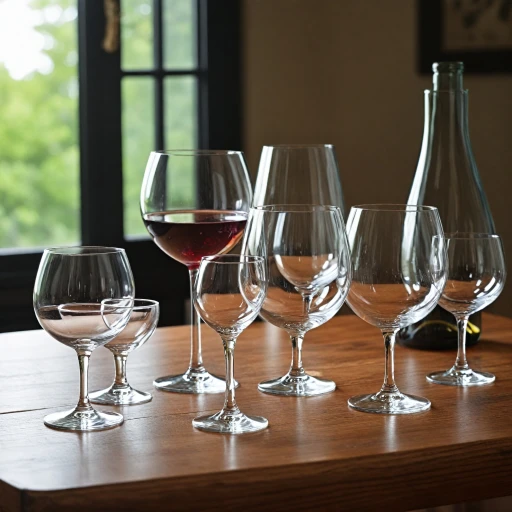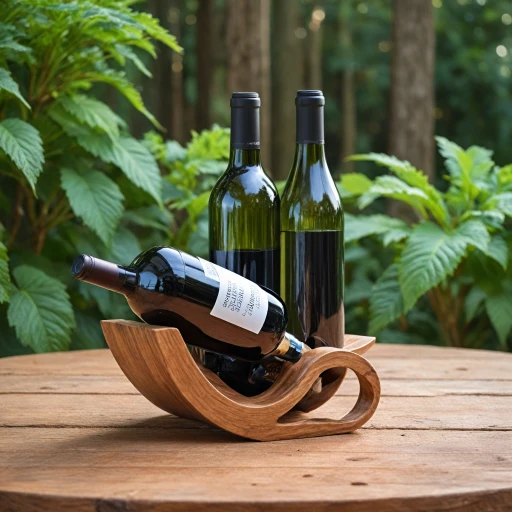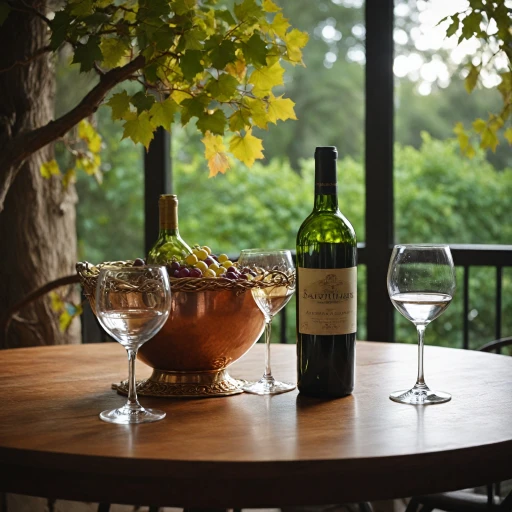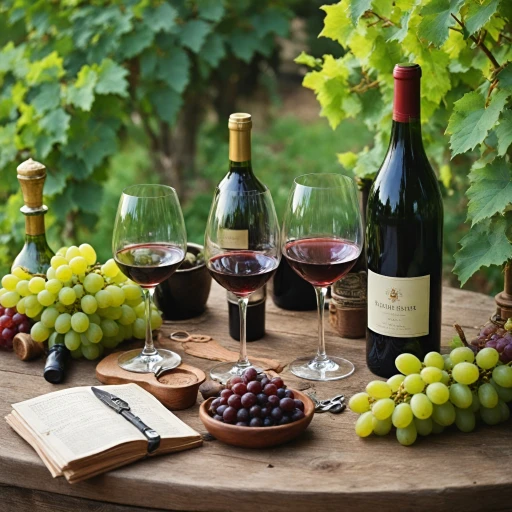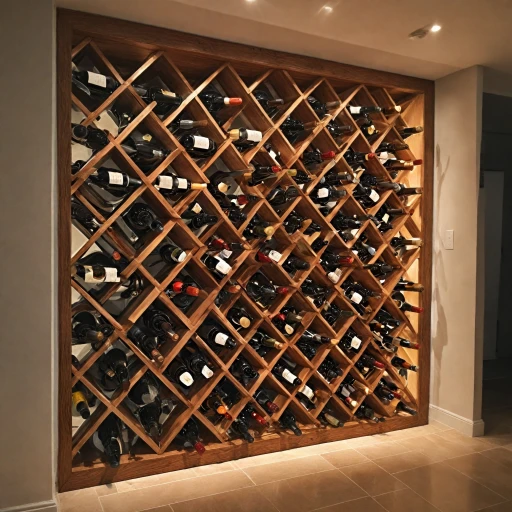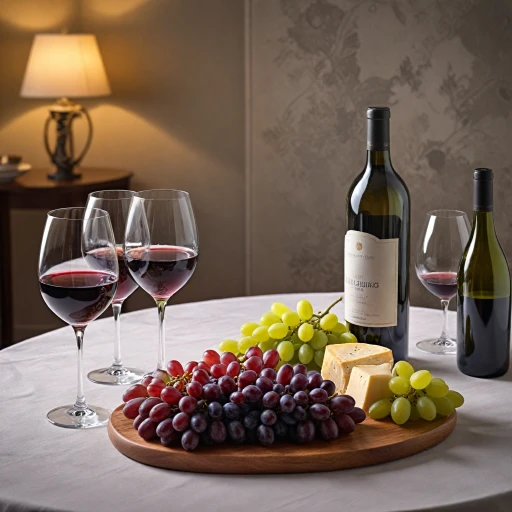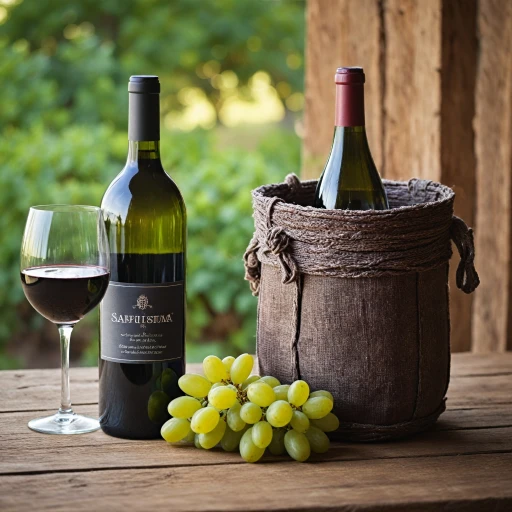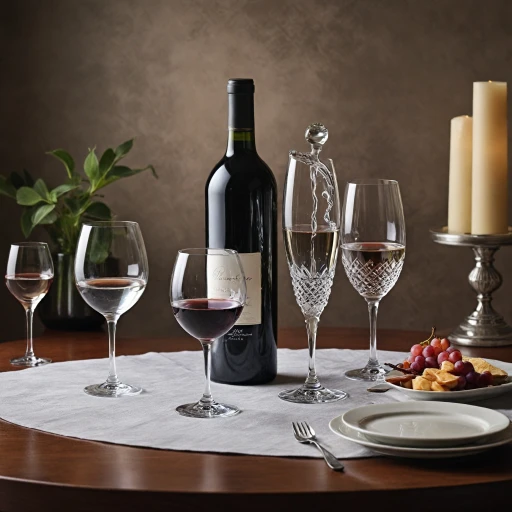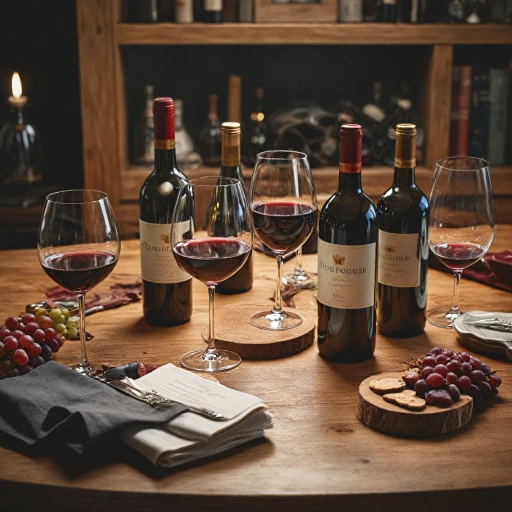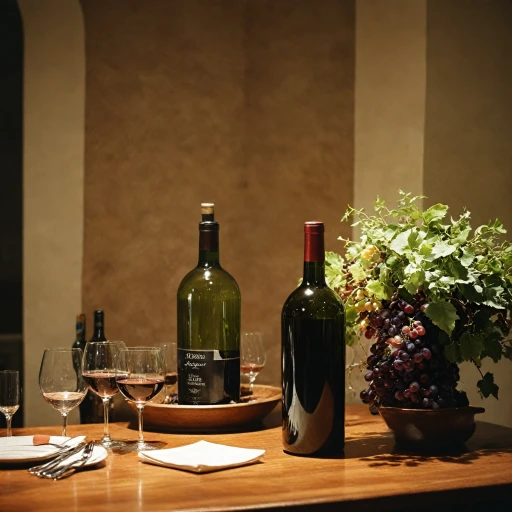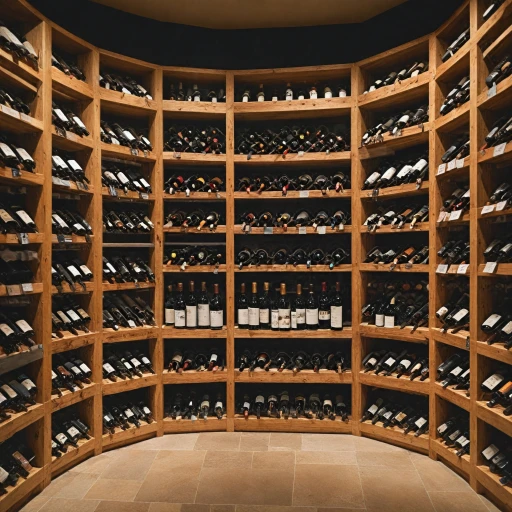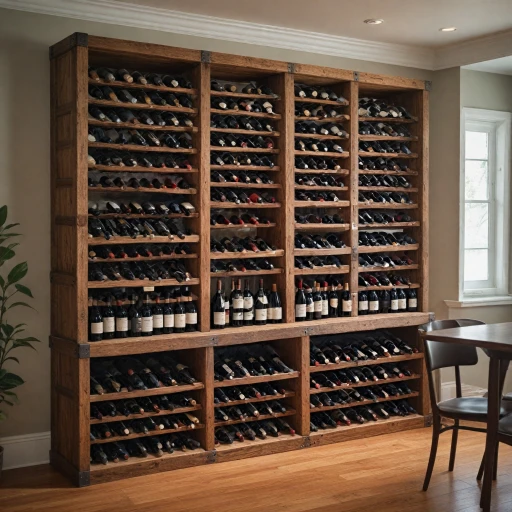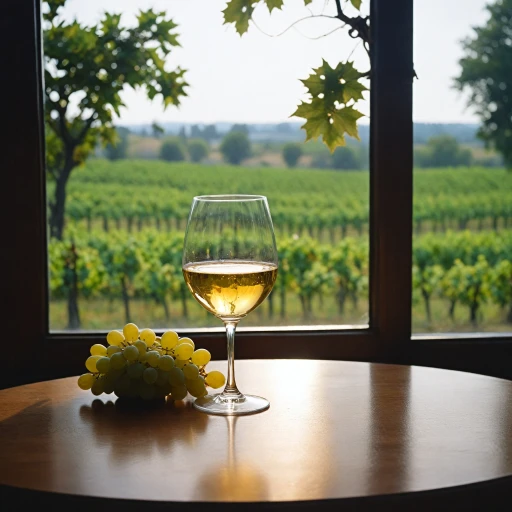
The Importance of Choosing the Right Wine Glass
Why the Right Glass Makes a Difference
Choosing the correct wine glass can greatly enhance your drinking experience by accentuating the unique flavors and aromas of different wines. The design of the glass, including its shape, size, and material, can significantly impact the taste and presentation of the wine. Each type of glass is specifically crafted to fully develop the characteristics of red, white, sparkling, or dessert wines.
The bowl's shape and size affect how the aromas gather and how much surface area the wine contacts. For instance, red wine glasses generally feature a wide bowl, which allows more surface contact, helping the wine oxidize and open up fully. This is particularly essential for full-bodied red wines like cabernet sauvignon or pinot noir. Meanwhile, white wine glasses are often designed with a smaller bowl to preserve the crisp, clean aromas and flavors of wines like sauvignon blanc.
Additionally, the stem of the glass is not just for aesthetic purposes. It prevents your hand's heat from warming the wine, ensuring the optimal temperature is maintained throughout the tasting experience. Variations in the rim's shape can also influence how wine flows onto your palate.
For those looking to optimize their wine drinking experience, understanding wine glass types and shapes allows for a more informed choice, tailored to your preferences. To ensure you're prepared for every occasion, consulting resources like our guide on understanding the dimensions for your wine rack is invaluable when planning your glassware collection.
Common Wine Glass Types and Their Uses
Exploring Classic Wine Glass Styles
When it comes to choosing wine glasses, understanding the different types and their uses is essential to enhance your tasting experience. Each style has a purpose, designed to bring out the best in red wines, white wines, or any other varietal you might savor. One of the most common types is the Bordeaux glass, perfect for full-bodied reds like cabernet sauvignon. This type of wine glass features a wide bowl that allows the wine to breathe, enhancing its complex aromas. The shape and surface area of this glass type direct wine to the back of the mouth, balancing the flavors beautifully. For red wine enthusiasts, the pinot noir glass is another popular choice. This glass has a wider rim and bowl than the Bordeaux style, providing ample space for the bouquet of lighter red wines to develop fully. This helps enhance the subtler aromas, directing them straight to the nose for an immersive tasting experience. White wines, such as sauvignon blanc, demand a different approach. White wine glasses are generally more U-shaped, which helps maintain the cooler temperatures necessary for these types of wines. Their slightly smaller size compared to red wine glasses ensures the delicate aromas are concentrated, delivering a more aromatic sip. Beyond the standard styles, dessert wine glasses are designed with a smaller bowl and shorter stem to concentrate the rich, sweet aromas and flavors typical of these types of wines. When shopping for the best glass to suit every occasion, it’s wise to keep an array of glassware styles accessible to highlight each wine type’s unique qualities. Finally, for enthusiasts of sparkling wines and champagne, flute glasses are key. Their narrow shape and tall stem preserve the bubbles, which are an integral part of the experience. However, tulip-shaped glasses are becoming favorites for their ability to also focus the wine's aromas. To fully explore the diverse landscape of wine glass styles, consider enhancing your collection based on the specific wines you enjoy most often. This tailored approach to glassware can significantly elevate your enjoyment of both red and white varietals alike. To delve deeper into the art of selecting the perfect glass, you might consider exploring the world of wine accessories for further guidance and choice.Specialty Wine Glasses for Unique Varietals
Unveiling the Secrets of Specialty Wine Glasses
For those who appreciate the finer nuances of wine, it's essential to delve deeper into the world of specialty wine glasses. Certain wine varietals come with unique characteristics that are best expressed in meticulously designed glassware. Recognizing these types allows you to direct a wine's aromas and flavors precisely where they should go.
For instance, glasses for Sauvignon Blanc are crafted with a smaller bowl and slightly closed rim, which help to concentrate the fresh aromas of citrus and green fruits. Meanwhile, a Bordeaux glass, perfect for Cabernet Sauvignon, features a wide bowl to allow full-bodied red wines to breathe, enhancing their robustness and complexity.
Sparkling wines, such as champagne, demand a flute glass to preserve their bubbles and maintain a visual appeal. The taller, narrower shape showcases the effervescence and elegance of a good sparkling wine. Conversely, a Rosé is often best served in a glass with a slight taper, channeling its fruity aromas properly.
By choosing the appropriate glass for each type of wine—a practice embraced by wine enthusiasts around the world—one can truly respect the expertise behind each varietal. Enhance your wine appreciation by exploring these unique glassware options and understanding their impact on your home wine-tasting experiences. This attention to detail elevates every sip into a richer, more satisfying journey.
Material Matters: Glass vs. Crystal
The Allure of Glass vs. Crystal: A Closer Look
When selecting wine glasses, one of the considerations that often comes up is the material of the wine glasses themselves. Glass and crystal offer distinct benefits, each enhancing the wine drinking experience in their own way. Choosing between glass and crystal wine glasses might seem trivial at first, but it's an important decision for wine enthusiasts. Traditional glass wine glasses are known for their practicality and durability. They are a popular choice for casual settings and are often more affordable when browsing through a shop. The typical red wine glass made of glass might feature a wide bowl to accentuate red wine aromas, while white wine glasses often have a smaller bowl to preserve delicate flavors. Crystal, on the other hand, captivates with its brilliance and thinness. Crystal glasses tend to be more sophisticated and refine the drinking experience. The thinner rim of a crystal glass can better direct wine to the palate. This is particularly beneficial for enjoying a cabernet sauvignon or a full-bodied Bordeaux glass. The lightness of the crystal allows for a better grasp on the stem, ensuring the drinker can focus on the wine's nuances, from dark red wines to sparkling wine blushes. While glassware care is important for both types, crystal requires a bit more attention. It's crucial to hand wash and avoid using a regular dishwasher to prevent damage. This ritual adds a touch of tradition and reverence, enhancing the wine appreciation process. In summary, whether you lean towards the sturdy versatility of glass or the elegant allure of crystal, your choice will influence the interaction with the wine – shaping the appreciation of aromas and flavors and the overall wine drinking ceremony.Wine Glass Care and Maintenance
Best Practices for Keeping Your Wine Glasses in Top Condition
Proper care and maintenance of wine glasses are essential to preserve their clarity and enhance your tasting experience. Whether you are using them for enjoying a cabernet sauvignon or a crisp sauvignon blanc, these guidelines will help you maintain your glassware in top shape.
- Handwashing is Ideal: While some wine glasses are labeled dishwasher safe, handwashing is recommended, especially for glasses with delicate stems and bowls. This method reduces the risk of chips or breakage that could occur in a dishwasher.
- Use Gentle Detergents: Opt for mild, unscented detergents to ensure no residue or odors cling to the glass. This is especially important when savoring red wines like pinot noir or full-bodied Bordeaux where aromas play a critical role.
- Rinse with Warm Water: After each use, rinse your glasses with warm water to remove any wine residue. This practice is particularly important for glasses used with red wine or dessert wine to prevent staining and lingering aromas.
- Dry Carefully: Use a lint-free cloth to gently dry each wine glass, paying attention to the rim and stem areas. Ensure that your drying cloth is soft to avoid scratching the glass surface.
- Avoid Excessive Heat: Do not expose wine glasses to extreme temperatures, as this could damage their structural integrity. For instance, when cleaning champagne glasses or those used for sparkling wine, ensure they are gradually brought to room temperature before washing to prevent cracking.
- Store Strategically: Place wine glasses upright with enough space between each one to prevent contact. The storage area should be free from odors that may infiltrate the glass, affecting your next tasting experience.
By incorporating these practices, your wine glasses, regardless of their type or glass shape, from white wine to red, will remain in pristine condition, thus enhancing each and every glass of wine you enjoy.


